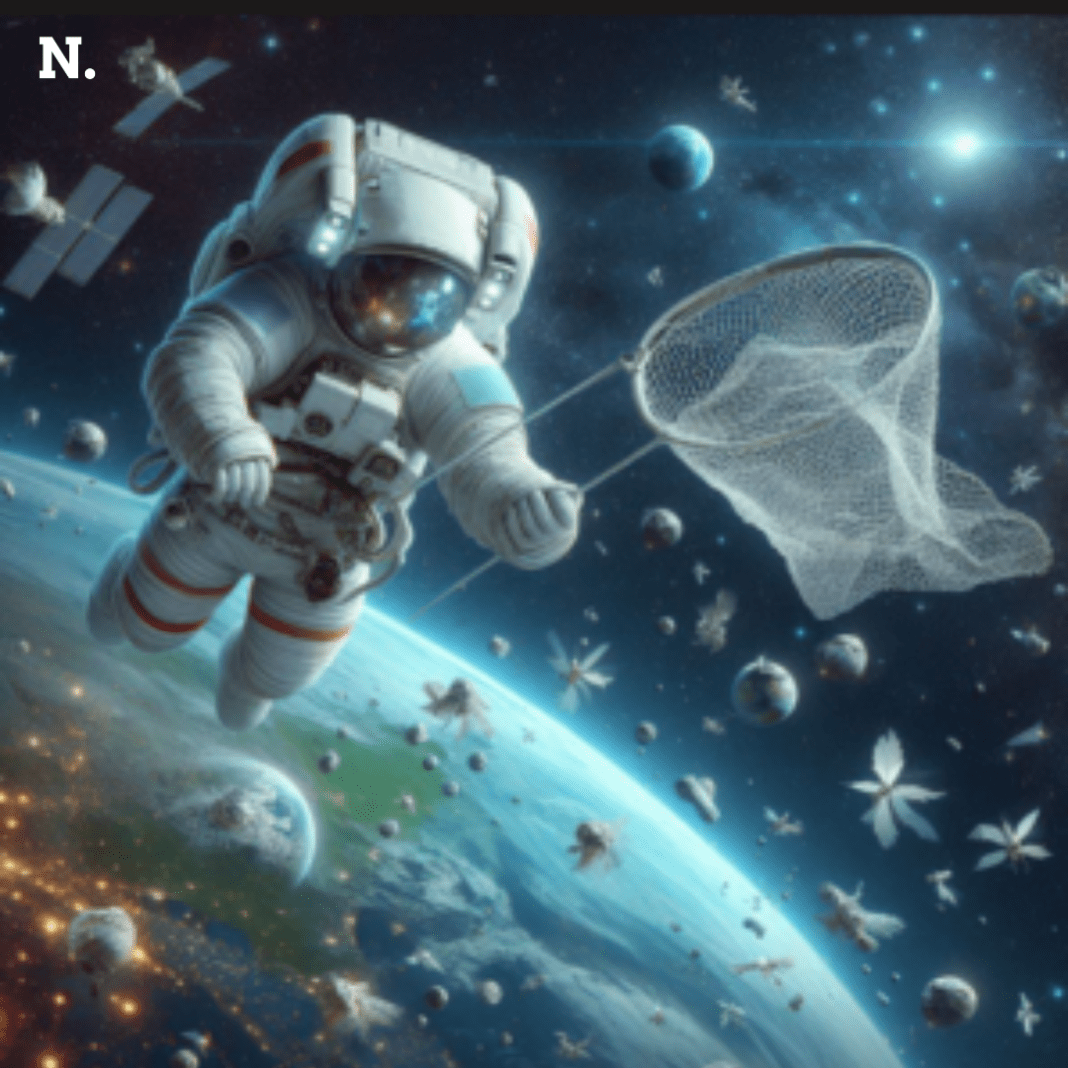Imagine the vast expanse of space as a busy highway, filled with remains of past journeys and discarded materials. This cosmic clutter is known as space debris and includes old satellites, spent rocket stages, and even fragments from collisions. With the rise of CubeSats and satellite constellations, this issue has become more pressing. Imagine these tiny satellites and constellations as new travellers joining the cosmic road, but also adding to the traffic. As they continue to multiply, managing space debris becomes important for ensuring safe passage for future missions and protecting our cosmic neighbourhood from potential hazards.
Threats of Space Debris
Imagine you’re an astronaut, floating weightlessly in space. Suddenly, a tiny shard of metal passes by, missing your spacecraft by inches. This is terrifying but real for astronauts past the safety of Earth’s atmosphere.
One of the biggest challenges posed by space debris is its unpredictability. With millions of pieces orbiting our planet, from spent rocket stages to dumped bolts, even the smallest piece can cause significant damage if it clashes with a satellite or spacecraft.
Space debris is a global issue that requires international cooperation and coordination to address. Without suitable action, the problem will only continue to escalate, threatening not only our current space programs but also future generations of explorers.
Solutions to overcome space debris
Scientists and engineers are innovating solutions to handle the threat of space debris. This strategy involves developing spacecraft armed with good-quality sensors and propulsion systems. These spacecraft can navigate through crowded orbital highways lessening the risk of collisions.
Researchers are also exploring creative methods for clearing debris from orbits. From lasers to giant nets and robotic arms, these technologies offer hope for cleaning up our cosmic backyard. Although still in the early stages, these advancements have the potential to transform science fiction into reality.
The most important solution lies in education and awareness. By raising public awareness about responsible practices, we can cultivate a culture of sustainability. After all, space is the shared gift of humanity, and it’s our collective responsibility to protect it for generations to come.
Conclusion
As we look to the stars with wonder and awe, let’s also remember our responsibility to protect and preserve the celestial environment that surrounds us. By facing the challenges of space debris, we can create a future where humanity’s reach extends beyond the Earth, into the endless stretch of the cosmos. It’s a journey that will require creativity, cooperation, and commitment to exploring the universe while protecting the home we call planet Earth.





